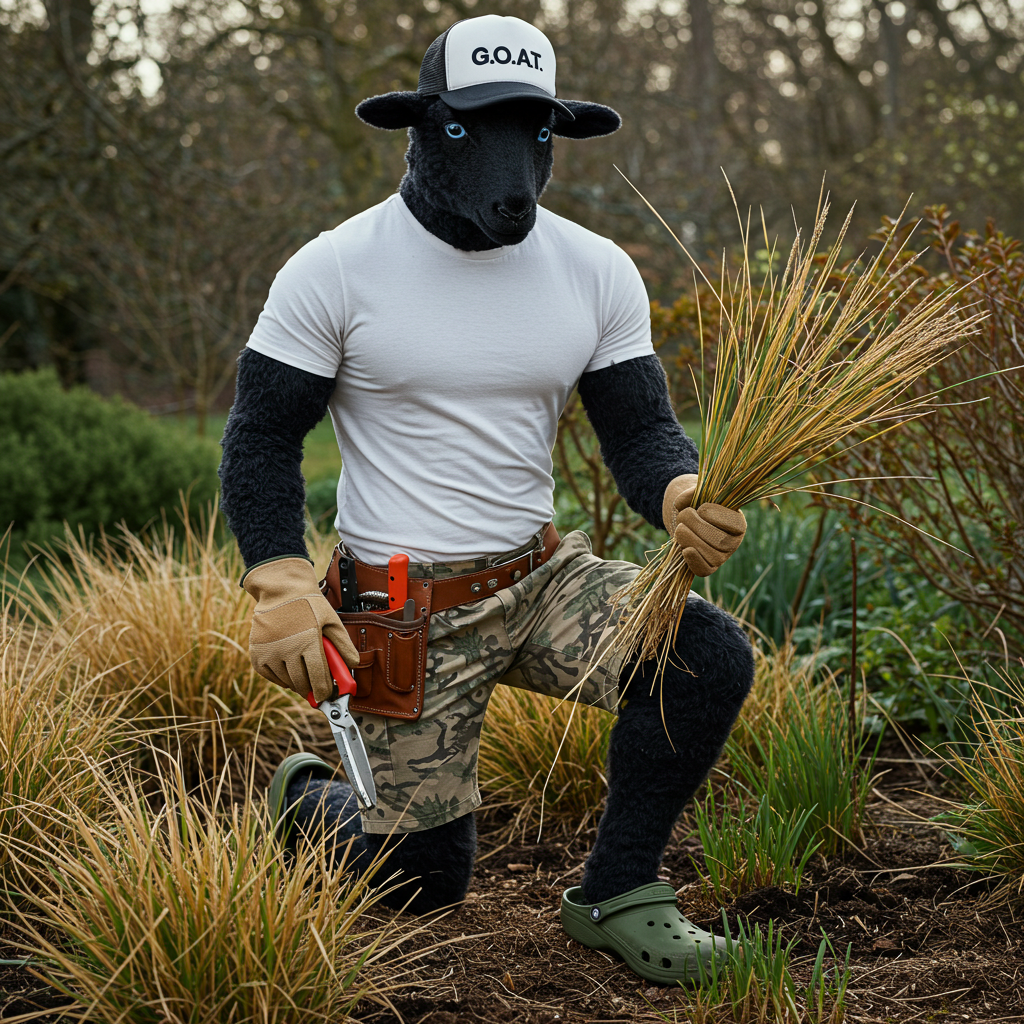Late April Garden Tasks: Prune Back Winter Interest

The birds are louder, the soil is softer, and the sunlight has that golden “you can trust me now” glow. Late April in the garden feels like a slow exhale. But before the rush of May colour takes over, there’s a quiet but mighty task calling your name: pruning back winter interest.
Yes, those elegant grass plumes, frosted hydrangea heads, and sculptural seed pods were gorgeous through snow and stillness. But their time has passed. And now, like good hosts between seasons, we’re gently clearing the space for what’s ready to rise.
✂️ What Counts as Winter Interest?
Let’s give a little round of applause to the MVPs of the off-season:
-
Ornamental grasses
-
Dried flower heads (like echinacea, rudbeckia, allium)
-
Woody perennials left standing (like Russian sage, agastache, and sedum)
-
Fern fronds from last year’s growth
-
Stalks and seed heads of native perennials, which fed birds and housed overwintering insects
These plants have given us months of subtle beauty and shelter. Now? It’s time for the next act.
🍃 When’s the Right Time to Cut Back?
Right about… now. In most Canadian zones, late April is perfect. You’re giving overwintering pollinators time to emerge and avoiding smothering your fresh spring growth.
Look for these signs:
-
New green shoots emerging at the base
-
Dried stems starting to collapse
-
Grasses looking more straw than sculpture
🌼 Pro tip: If you’ve got wildlife-friendly goals, wait until daytime temps consistently hit 10°C—that’s when most beneficial insects have moved out.
✂️ How to Prune with Purpose
Let’s get hands-on. You don’t need fancy gear—just a sharp pair of pruners, gloves, and a trug or bin for trimmings (or a very tolerant hoodie pocket).
🌾 Ornamental Grasses
Bundle the stalks together and cut about 4–6 inches above the crown. Compost or chop and return to the bed as mulch.
💡 Sheepy tip: Use hedge shears for big grasses—it’s oddly satisfying.
🌿 Perennials with Woody Stems (like Russian Sage, Agastache)
Cut back to the first signs of new growth at the base or lower stems. You can be a bit aggressive—they bounce back.
🌸 Echinacea, Rudbeckia, and Other Seed Heads
Snip at the base of each stalk. If the centre is hollow and crumbly, it’s ready to go.
🐦 Bonus: Leave a few standing in a wild corner as late snacks for birds.
🌲 Evergreen or Semi-Evergreen Perennials
These don’t get a hard prune. Just tidy—remove browned or frost-damaged leaves, but leave healthy foliage in place.
🧡 What to Do With the Cuttings?
You’ve got options:
-
Compost them (if they’re disease-free)
-
Chop and drop—cut into small pieces and use as mulch right in the bed
-
Create a brush pile for wildlife in a quiet corner
Remember, nothing in nature is wasted. Even your trimmings are part of the cycle.
🌱 Final Thoughts: Honour the Past, Welcome the New
Pruning back winter interest is more than a chore—it’s a quiet ritual. A thank-you. A promise. You’re clearing away the remnants of rest, making room for colour, texture, and that wild spring energy that’s just about to leap.
So take your time with it. Sip your coffee between snips. Let the birdsong soundtrack your morning. There’s something deeply tender about this work—like gently waking someone you love.

